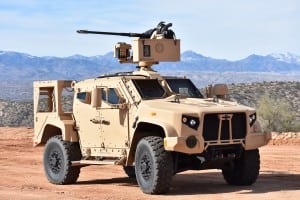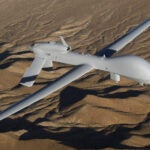
The House Armed Services Committee is seeking more information from the Army on its acquisition strategies for the Joint Light Tactical Vehicle (JLTV) and new Enhanced Night Vision Goggle-Binocular (ENVG-B) devices. The panel adopted two provisions to its version of the next National Defense Authorization Act (NDAA) as part of an amendment package that calls on Army acquisition officials to brief how the service plans to manage industrial base risk for both programs. For JLTV, Rep. Mike Gallagher (R-Wis.) introduced…

 By
By 










